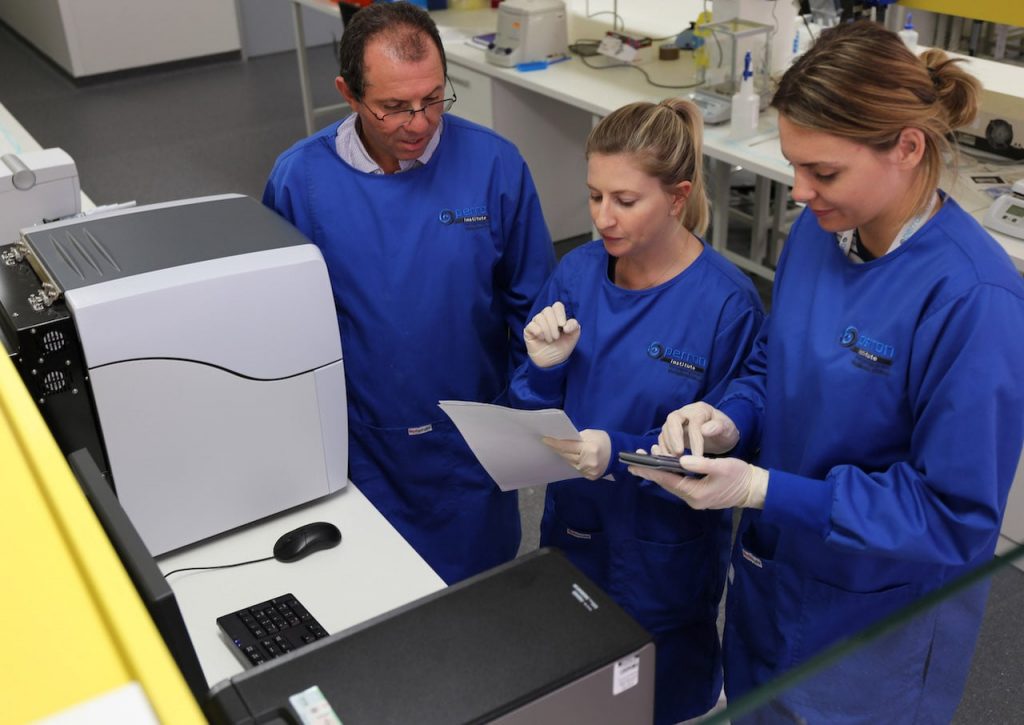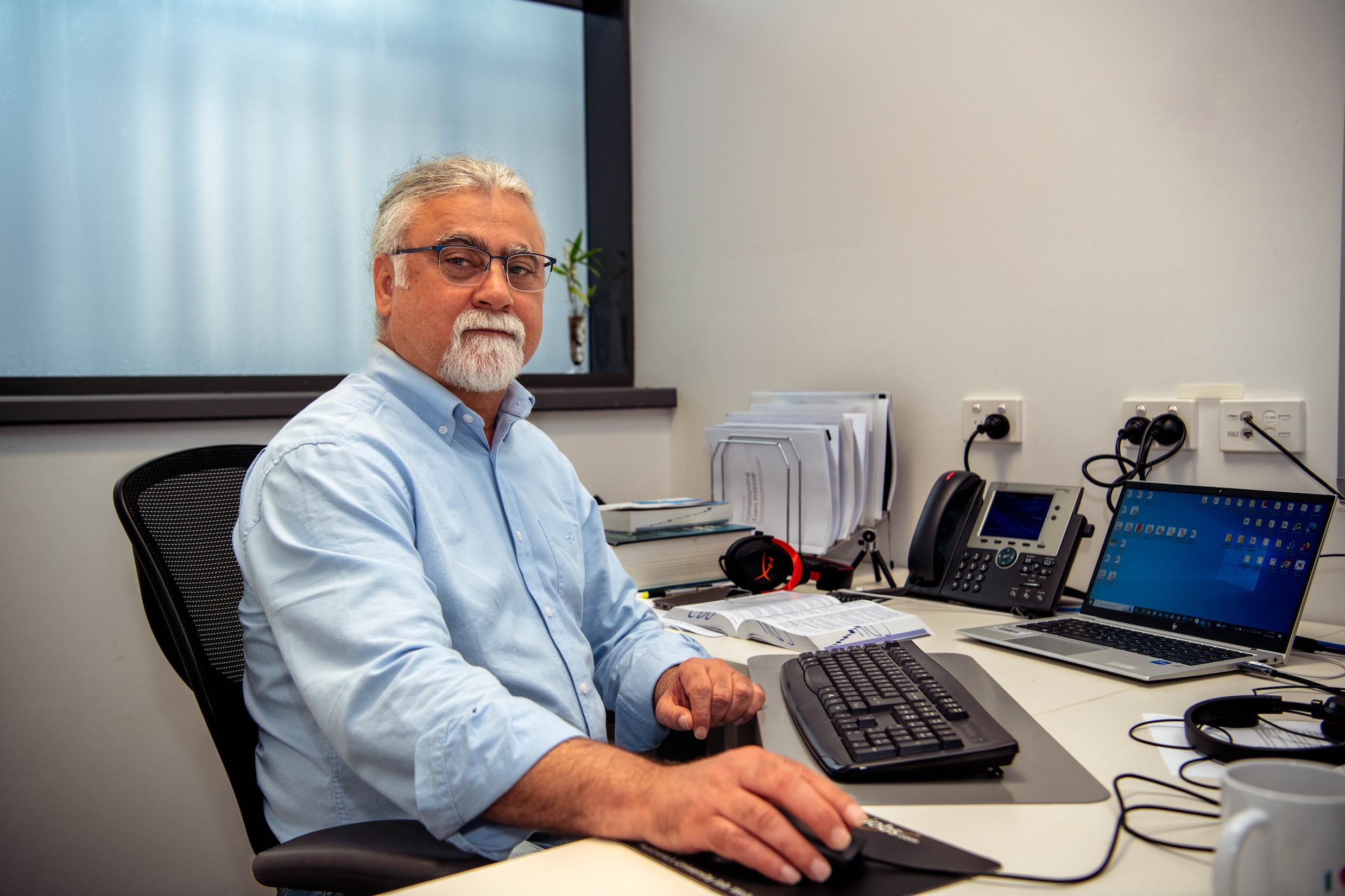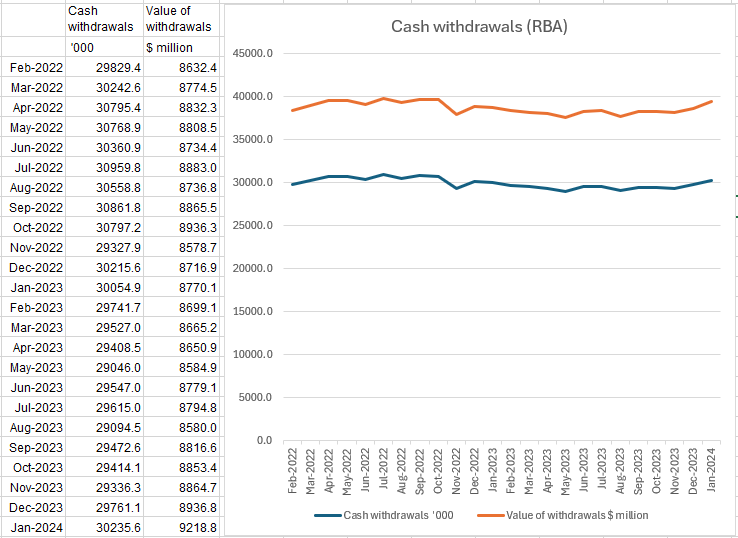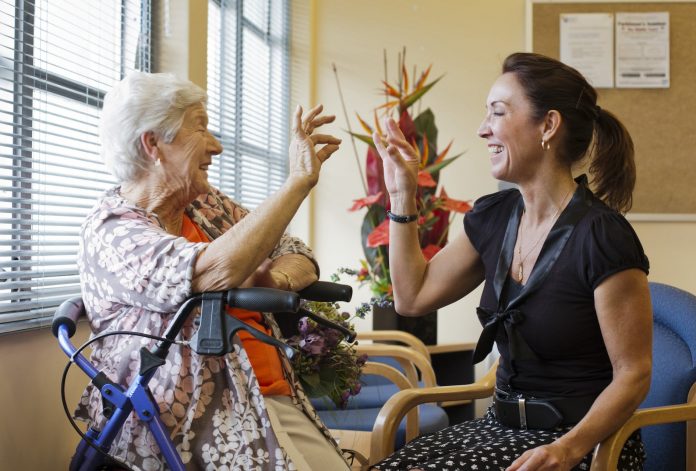For nearly 40 years scientists at Perth’s Perron Institute have been researching an ever expanding range of medical conditions, among them stroke, Parkinson’s, motor neurone disease, muscular dystrophy, myositis and multiple sclerosis.
The team take a multi-disciplinary approach which helps translate research from bench to bedside, providing a better quality of life for millions of people around the world who suffer from these devastating neurological conditions.
The Institute has 14 specialist clinics receiving 2,800 patient visits a year, conducts 14 clinical trials and treats some of Western Australia’s most complex neurological cases on behalf of Sir Charles Gairdner Hospital.
The Perron Institute collaborates with many hospitals, universities and other research institutes nationally and internationally including all WA universities, the Florey Institute in Melbourne, Griffith University in QLD, Duke University in the United States and University College London.
In the 1960s muscle diseases were considered incurable, but through Emeritus Professor Byron Kakulas’ research, he discovered that degenerated muscle tissue in Rottnest Island Quokkas could regenerate by administering vitamin E.
The iconic marsupials made a spectacular recovery, convincing scientists that research into a range of neuro-muscular disease was worthwhile.
In 1971 an International Congress on Muscle Diseases was held in Perth. This provided the impetus for establishing the Neuromuscular Research Institute in 1982. It was later renamed the Perron Institute in honour of Mr Stan Perron and his family’s long standing support.
The Perron Institute’s scientific innovation has led to major breakthroughs in understanding the origins of many neurological disorders and provided insights into the diagnosis and treatment of them.
A prime target was Duchenne muscular dystrophy (DMD). This, occurring mainly in boys, is the most common childhood form of muscle wasting and is caused by a genetic error that prevents the body from producing dystrophin, a protein essential for maintaining muscle fibre strength and stability.
In its absence, muscle is much more susceptible to damage during regular activity, leading to loss of muscle and ultimately the ability to walk and breathe. Most children with Duchenne require a wheelchair before their early teens.
Professors Steve Wilton and Sue Fletcher have developed three drugs that compensate for three different errors in the patient’s DNA cause muscular dystrophy. The three drugs can treat 30 per cent of patients diagnosed with DMD.

When treated, young people who would otherwise be in wheelchairs by the age of 12 are still being able to walk until at least their late teens.
The Molecular Therapy lab, where this research is carried out is now based at the Centre for Molecular Medicine and Innovative Therapeutics at Murdoch University, a joint research centre with the Perron Institute.
“Our platform technology developed for Duchenne muscular dystrophy is currently being applied to other diseases. We are exploring the application of this approach to many other serious conditions, such as asthma, motor neurone disease, multiple sclerosis and possibly even COVID-19 infections,” Professor Wilton said.
From six to eight per cent of the world population are affected by some 7,000 rare diseases which are in the sights of Perron scientists.
At the moment the Perron Institute has 16 research groups targeting stroke, Parkinson’s disease, multiple sclerosis, motor neurone disease (MND), traumatic brain and spinal cord injury, Duchenne muscular dystrophy, other genetic rare diseases and most recently epilepsy.
Perron Institute scientists, together with scientists and clinicians in cooperating organisations, are helping to create the future of personalised medicine – tackling global health challenges by tailoring therapies to individuals.



































